What makes a rose antique?
Virginia
14 years ago
Related Stories
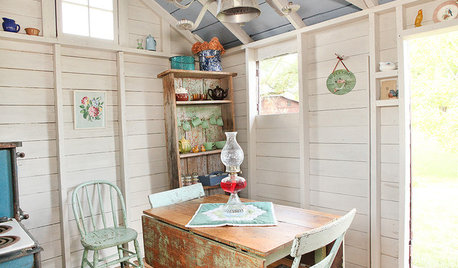
DECORATING GUIDESAntiques Shopping for the Fun of It
Play down a piece’s pedigree and play up what stirs your heart to make the hunt for antiques a real thrill
Full Story
ANTIQUESInherited an Antique? Here’s How to Work It Into Your Home
Find out how to make that beloved vintage piece fit in with your decor
Full Story
DIY PROJECTSReinvent It: Penny for Your Thoughts on This Antiqued Table?
Let's take it from the top. Make over a routine table with pennies and antiquing for a unique new look
Full Story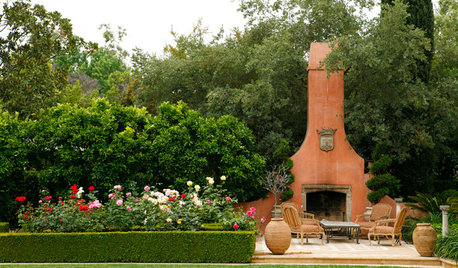
LANDSCAPE DESIGNMake Your Roses Even More Beautiful With These Companion Plants
Nourish your rosebushes and create a visual feast with these 7 classic and unexpected plant pairings
Full Story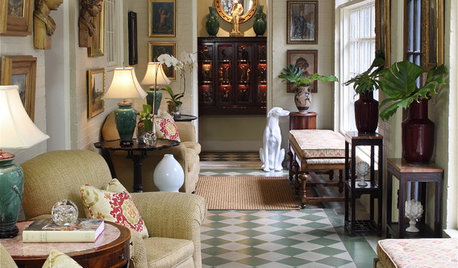
LIGHTINGDecorating With Antiques: Set the Stage With Lighting
Complete a vintage scene or create contrast with lamps, sconces and chandeliers that have traveled through time
Full Story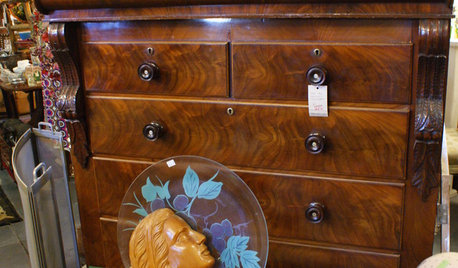
FURNITUREHow to Find Great Antiques Near You
Experience the thrill of the hunt with these tips for finding the best sources of antiques in your area
Full Story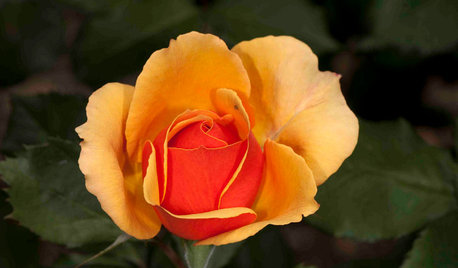
SPRING GARDENING5 Exotic Rose Colors for a Beautifully Different Garden
Give red a rest. Let these daring hues take the spotlight instead for a rose garden that turns heads
Full Story
GARDENING GUIDESWhat Kind of Roses Should You Grow?
Want to add the beauty of roses to your garden? Find out which ones, from old-fashioned to modern, are right for you
Full Story
GARDENING GUIDES6 Captivating Roses for an Alluringly Fragrant Garden
Perfume your garden with aromas from richly spicy to lightly sweet, without sacrificing an inch of color
Full Story
WINTER GARDENINGPruning Secrets for Exquisite Roses
Encourage gorgeous blooms year after year with this time-tested advice on how to prune your rosebush in winter for health and shape
Full StoryMore Discussions







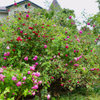
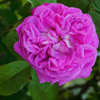
michaelg
jaxondel
Related Professionals
Danbury Landscape Architects & Landscape Designers · Wrentham Landscape Architects & Landscape Designers · Fort Lee Landscape Architects & Landscape Designers · Mitchellville Landscape Architects & Landscape Designers · Taylorsville Landscape Architects & Landscape Designers · Hartford Landscape Contractors · Amesbury Landscape Contractors · Bedford Heights Landscape Contractors · Fort Myers Landscape Contractors · Little Ferry Landscape Contractors · Seven Hills Landscape Contractors · Tustin Landscape Contractors · Winter Gardens Landscape Contractors · Ferguson Landscape Contractors · Brunswick Siding & ExteriorsVirginiaOriginal Author
mad_gallica (z5 Eastern NY)
sherryocala
jaxondel
luxrosa
organicgardendreams
windeaux
ingrid_vc so. CA zone 9
catsrose
jaxondel
michaelg
jerijen
jaxondel
melissa_thefarm
jerijen
harryshoe zone6 eastern Pennsylvania
melissa_thefarm
jerijen